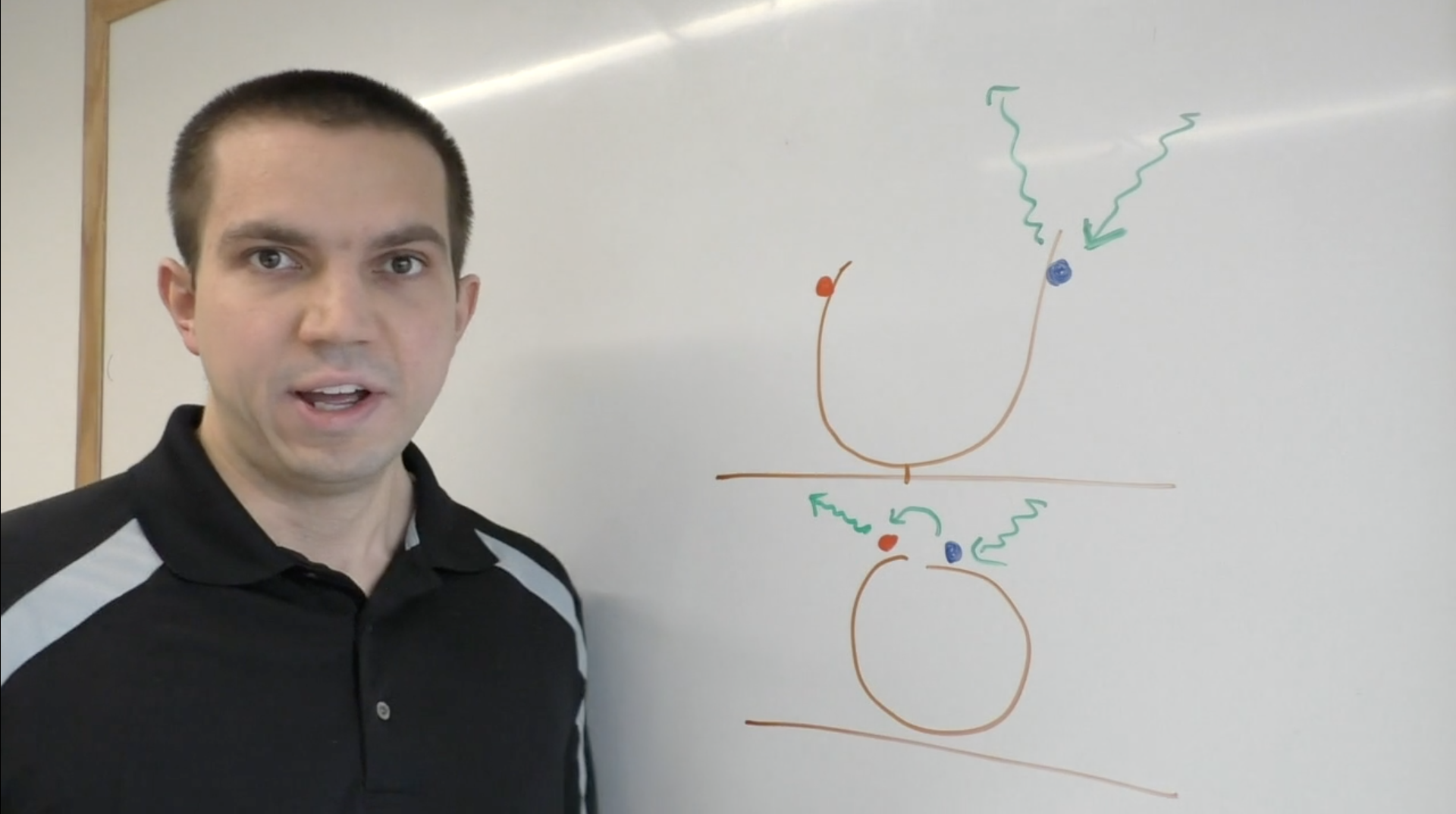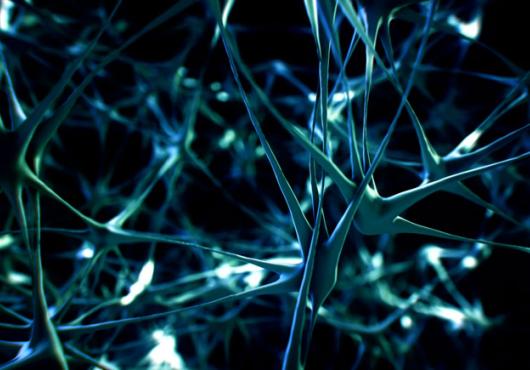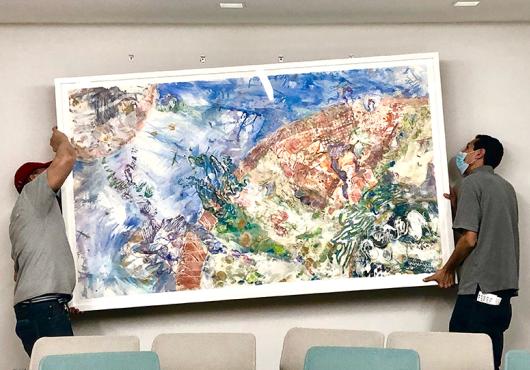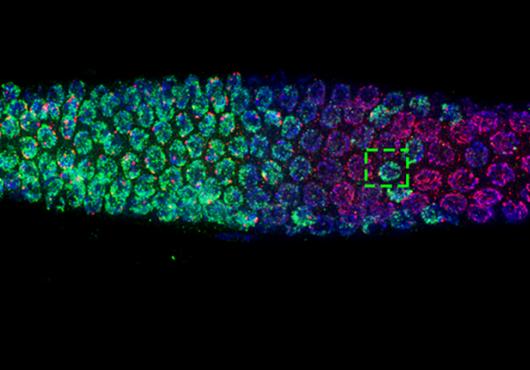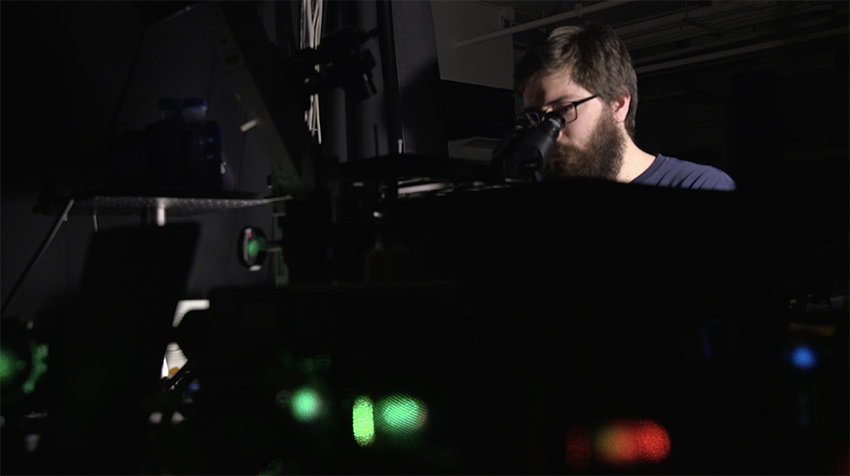
Sometimes our cells employ meticulous and elegant solutions to fix things that break.
Other times, they slap on some duct tape and keep going.
The human body can apply these quick-and-dirty methods to even its most critical components, such as when both strands of a DNA helix suddenly snap. Such DNA breakages happen hundreds of times a day—whether randomly, from sun exposure or as a result of ordinary activities like breathing—as well as during radiation therapy and chemotherapy for cancer.
Various molecules rush in to hold the DNA ends close until they can be chemically “taped” back together, a process called nonhomologous end joining, or NHEJ.
“It isn’t the smartest of pathways,” said Joseph Loparo, associate professor of biological chemistry and molecular pharmacology at Harvard Medical School, “but it’s the primary one our cells use to fix double-strand breaks.”
Loparo’s lab has been painstakingly identifying molecules needed for NHEJ and revealing how each contributes to the overall repair process. The work helps researchers understand how diseases arise when NHEJ goes awry, and could inform attempts to ensure that deliberate DNA breakages are repaired in the right places when treating cancer or editing the genome.
In their latest effort, published online this month in Nature Structural and Molecular Biology, the team determined the role of a crucial but mysterious molecule known as XLF.
About 10 years ago, researchers discovered that mutations in XLF disrupt DNA repair. People with XLF mutations have immune system deficiencies and DNA that is far more susceptible than normal to radiation damage.
It was clear that XLF does something important. But what exactly?
Using a fluorescence imaging technique that indicates when two tagged molecules come close together, Thomas Graham, a PhD student in systems biology at HMS, and Sean Carney, a postdoctoral researcher in the Loparo lab, observed that XLF forms part of a bridge that brings the broken DNA ends into alignment so they can be reattached.
